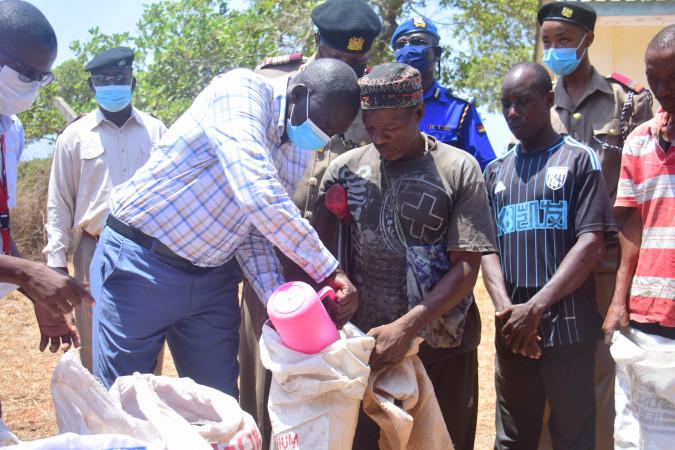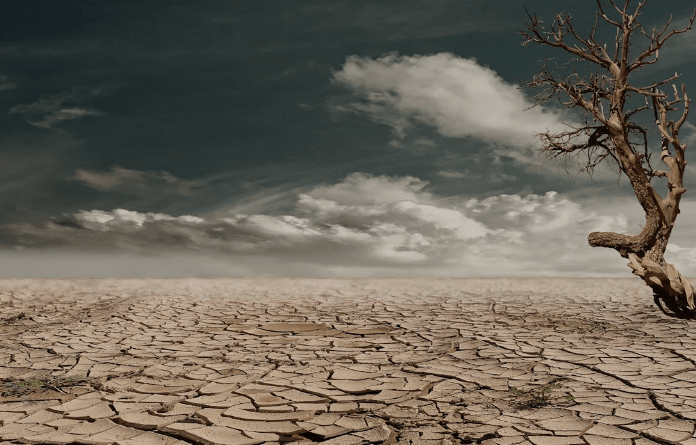Next government should tackle drought as a priority

It is a crying shame that drought has become perennial and accepted as inevitable. And now, for the umpteenth time, millions of Kenyans face famine because the rains have failed.
The government estimates that at least 2.8 million people in 23 counties (over half of the country’s geographical area) are threatened by famine and require relief food. This number has grown in recent months, indicating the situation is growing worse. Many of the people faced with starvation are in the perennial food shortage areas such as Baringo, Samburu and Turkana. But alarmingly, even previously food-sufficient areas like Nyeri, Narok and Embu are in distress. This should worry the authorities.
The October-December 2021 short rains failed. It is hoped the long ones (March-May 2022) will improve the situation, but the gestation period between planting and harvest means unless the government supplies relief food, scores will starve.
Successive governments perfomance in drought management has been wanting. Each regime has refused to prioritise drought as a key development dynamic since independence.
The governments’ attitude about drought is best exemplified by the fact that National Drought Management Authority (NDMA) seems to have abdicated its space to NGOs, and drought mitigation and communication now seems to the work of the Kenya Red Cross, Oxfam and World Food Programme.
Only when the government starts giving drought the same attention and resources as say, education, roads and health, will this problem start getting addressed.
The root cause of drought in Kenya is continued almost complete dependence on rainfall for economic and social development. When rains fail, the effects are devastating. Food has to be imported; government is pushed to beg for relief food from donors; the economic mainstay of pastoralists is destroyed as flocks die in droves and they become impoverished, children can’t go to school and adults spend most of their time looking for water rather than engaging in economical pursuits; and in the more vulnerable areas, their entire lives are ruled by drought cycles.
In other words, huge swathes of Kenya will remain economically marginalised with no hope ever unless drought is addressed.
Equally important, as long as the perennial drought cycles define the country’s vulnerability, Kenya can’t develop because resources will keep on being diverted to deal with the millions faced with starvation.
The situation is worsening. Desertification is pushing relentlessly southwards, threatening Kenya’s breadbaskets. Global warming is further testing the world’s capacity to feed its people, as risks of droughts, falling agricultural produce and rising temperatures increase. Kenya is facing the challenges as well.
The only plan that can reverse this looming Armaggedon is a Marshall Plan for agriculture—one that will change the dynamics under which Kenya produces food.
The first dynamic is, just as we try to ensure the bulk of energy is produced from green sources, the same determination must be made in agriculture. The bulk of our food must be produced through irrigation. This means irrigation projects the size of Galana Kulalu right down to smallholder ones like Kibirigwi and Mwea schemes must become the foundation of the agricultural production. This requires a massive government intervention, and can be carried out under the Big Four agenda.
Secondly, the government must launch a major intervention to stop the desert. All water towers must be protected and rejuvenated wherever they are. This must go hand in hand with a huge increase in the planting of trees countrywide.
These issues must be taken seriously. The incoming government in August must have this as a top priority, otherwise droughts will never end and the country will never achieve its full economic potential, while those in the vulnerable areas will forever remain mired in poverty.










